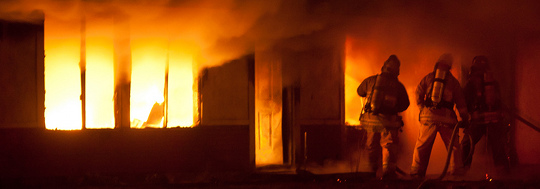Taking a few important steps can make a huge difference in the threat a wild fire poses to your home.
- All combustibles such as firewood, wooden picnic tables, boats and stacked lumber should be kept away from structures.
- Clear roof surfaces and gutters regularly to avoid build-up of flammable materials such as leaves and other debris.
- Remove branches from trees to a height of 15 feet or more.
- LPG tanks should be far enough away from buildings for valves to be shut off in case of fire. Keep area around the tank clear of flammable vegetation.
- Store gasoline in an approved safety can away from occupied buildings.
- In rural areas, clear a fuel break of at least three times the fuel length around all structures.
- Have fire tools handy such as: ladder long enough to reach your roof, shovel, rake and a bucket or two for water.
- Place connected garden hoses at all sides of your home for emergency use.
(Source: Texas Forest Service)
Of course nothing is as important as protecting yourself and your family.
Make sure you know the emergency exits from your home and your neighborhood and use them if you are ordered by officials, at all concerned, or in any way threatened by fire.
